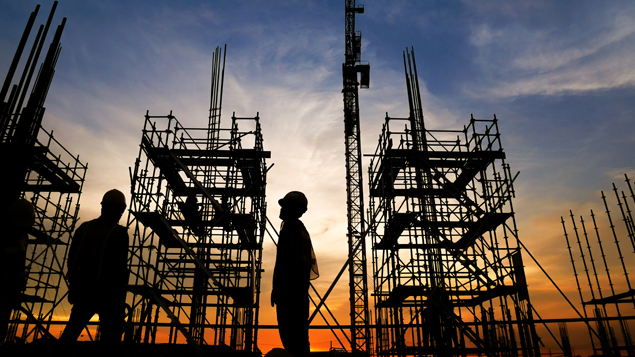
The Biden Administration remains committed to its “Build Back Better” (BBB) economic stimulus and social spending plan despite failing, so far, to muster support in ...
The Biden Administration remains committed to its “Build Back Better” (BBB) economic stimulus and social spending plan despite failing, so far, to muster support in the Senate to advance the package. It is now clear that 2021 will conclude quietly, with tax reforms (if they happen) waiting for 2022. Concerns about rate increases earlier in the year, gave way in November to a much-reduced proposal, and even that has languished for lack of support. As a result, most 2021 yearend tax planning remains a “traditional” attempt to defer income and accelerate deductions.
Several year-end tax planning strategies, consistent with traditional deferral-planning include:
- Using methods and practices to defer income and accelerate deductions
- Minimizing capital gain recognition and harvest capital losses
- Seeking to spread income, such as with installment sales or opportunity zones
- Maximizing retirement account contributions and minimize distributions
- Aligning tax planning with charitable giving, even considering donor advised funds.
More specific to business owners and employers, the following strategies might make sense:
- Evaluate construction accounting method changes
- Electing to apply new state “pass-through entity tax” regimes to reduce business income
- Use Cost Segregation/Fixed Asset Studies to maximize the present value of depreciation dollars
- Utilize the estate and gift tax exemptions (lifetime and annual)
While change is now unlikely for 2021, we have continued uncertainty for 2022. Prospects continue for some reforms, probably reduced in scale, with BBB passage. Tax increases may yet emerge, but 2022 is an election year, a very real practical limitation on the politics of tax increases. Still, the Senate’s BBB text includes several items signaling a rising tax environment, especially to high income earners, such as:
- Net Investment Income Tax (NIIT) expanded to include essentially all pass-through income that is not subject to self-employment, for taxpayers with taxable income over $400,000 (for single filers) and over $500,000 (for joint filers).
- “Surcharges” on high income individuals, estates, and trusts. This new tax is 5% of a taxpayer’s modified adjusted gross income (MAGI) exceeding $10,000,000 and a further 3% of income above $25,000,000. These rate brackets are potentially only $200,000 to $500,000 for estates or trusts.
While these changes appear modest, for many clients with incomes over $400,000, this represents an exposure to perhaps a 4% to 11% rate increase on some income items. With unknowns still looming for 2022 and beyond, consider your construction company’s and shareholders personal tax situation thoughtfully. Given the trends and tailwinds of the construction industry, with record backlogs, recently passed infrastructure legislation, buoyant stock market, and anticipated economic strength in 2022, it appears to be shaping up to be a strong 2022 for contractors nationally. So long as these signs are present, those with high incomes might want to hold a few options open to accelerate income and defer deductions, or what I refer to as “reverse tax planning”.
It’s been an exciting and challenging year end planning season. Stay tuned for future tax legislation updates as they become available.
Happy and Prosperous New Year to you all!
